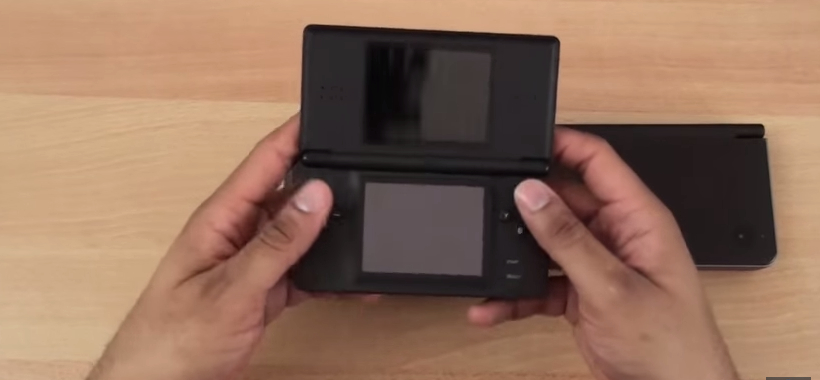There are newer designs and generations of the iPod Touch than the 2g and 3g models. And even with the introduction of newer technology and the multitude of options available for consumers, the two gen’s are a favorite of users to this day. The second and third generation of iPod from Apple showed leaps in the foundation of the tech at the time.
The iPod Touch 2g came in 8, 16, and 32gb of storage. The 3g came in 32 or the versions. The 3g (or generation) touch added voice control navigation and voice over screen reader, features the 2g did not offer. That was the first ever offered “gesture based screen reader” in the world. The gen Touch is about twice as fast as the 2g with of RAM. It’s predecessor only carries with it of RAM. There is quite a significant difference in speed and memory between the single generation the two are separated by.
How Do They Different Models Compare?
Though, both models provide six hours of video playback, the older model actually has a longer battery life than it’s younger version. The 2g boasts 36 hours of music playback. That’s 6 hours more listening time than the newer apparatus. The generation iPod Touch supports IOS 4 and IOS 5 (mobile operating systems developed by Apple). The 2g does not support 4, 5, or any of the subsequent IOS systems. The graphics are also better on the newer model, however slightly.
Any Extra Perks?
There is a greater song storage capacity on the upgraded version as well. A larger amount of photos can be stored too. The younger unit has been boasted as the iPhone without the phone and claimed the same faster moniker the iPhone generation used in ad campaigns. The microprocessor of the 3g operates with a capability of 800MHz. In comparison, the second generation of Touch has a processor of 533MHz.
The iPod Touch 3g, being able to support IOS 4 and 5, allowed the multitasking abilities that the 2g did not have available. IOS 5 also gave the 3g iCloud capabilities, a new offering from Apple at the time. Application features changed as well, giving the 3g user more control over personalizing and accomplishing tasks on the device. Notifications were revamped in the IOS 5, having them pop up as banners, rather than interrupting the actions being performed on the system.
Mostly, the variances between the 2g and 3g reside internally. As far as the external casing and configurations, they are by and large the same. The processing capabilities and software offered on the newer platform provided a faster, more and streamline format. The gen model was also integrated with Twitter, something the previous version lacked in its full capacity.




























